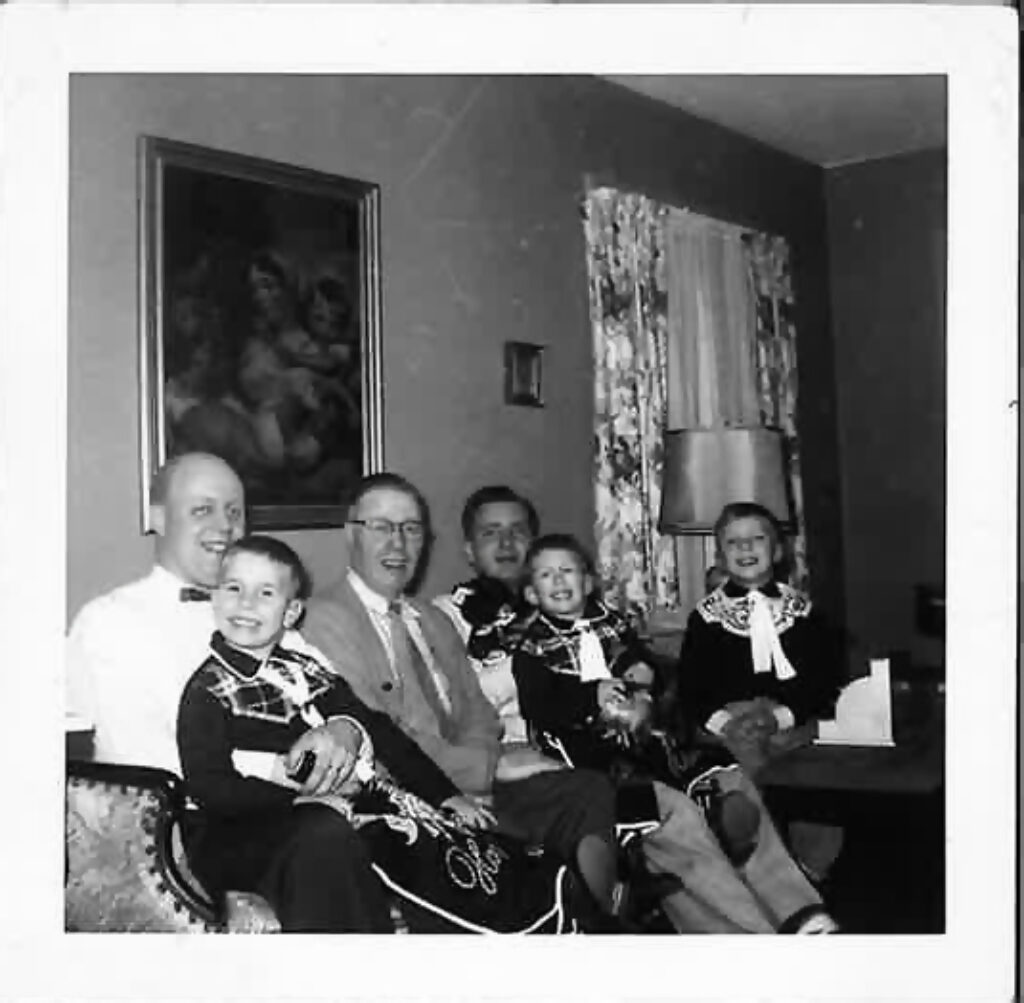
Explore Harbor Foods’ pivotal growth in the 1950s and 1960s, including its rebranding, product expansion, and operational upgrades that laid the foundation for future success.

Chapter 3
Securing a Foothold
The 1950s ushered in a golden age of opportunity for small businesses in America. Harbor (then West Coast Produce) saw a 50% increase in sales in 1951, driven by post-WWII consumer optimism and economic expansion.
In 1954, Carl Erickson received notice that another company had registered the name “West Coast Produce” in Centralia, WA. To avoid confusion, he rebranded the business as Harbor Wholesale Grocery, Inc. This change also aligned with the company’s expanding product lines and geographic reach.
Harbor began selling tobacco products after registering with the federal government in 1954. The company purchased a manual cigarette tax stamping machine and later upgraded to an automatic machine in 1958, streamlining operations and increasing efficiency.
Sales growth led to the doubling of the original 5,000-square-foot warehouse. The company also invested in new delivery trucks, including a 1957 Chevy 1.5-ton truck, to support expanded routes across Grays Harbor, Lewis, and Pacific counties.
In 1965, Jim Erickson led a project to raise the warehouse floor to loading dock level, improving inbound and outbound logistics. Employee Don Lower played a key role in executing the project, along with other warehouse upgrades.
Jim secured key accounts in Olympia, WA, including Black Lake Grocery and Frog Pond Grocery, marking Harbor’s first major push beyond its traditional territory. Two part-time salesmen were hired to support this expansion.
In 1965, Carl issued shares to Bob and Jim, giving each 6% ownership. Carl remained involved in operations, often walking the warehouse with a black book of prices. Ethel continued preparing daily bank deposits well into her 80s.